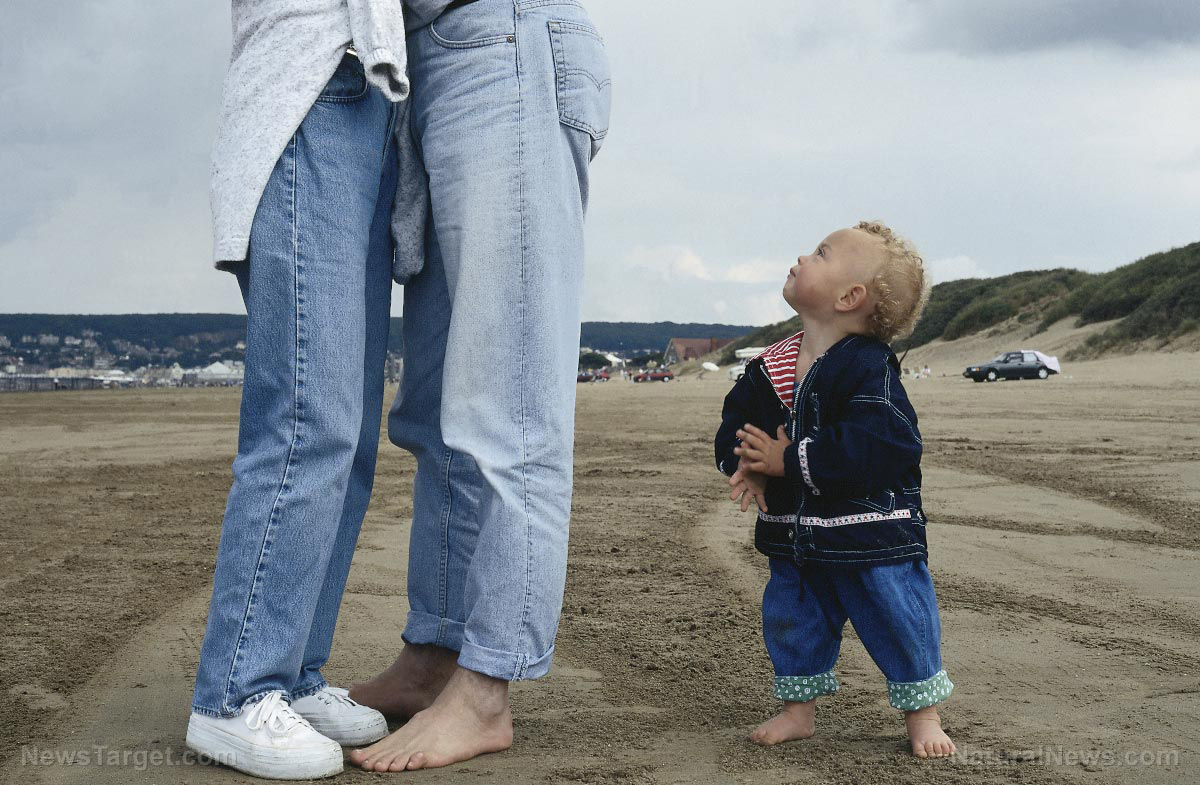
“In modern, industrialized cultures, children learn primarily by being instructed in knowledge and skills that adults have already mastered; in such contexts, children may assume that most things come easily to adults,” the researchers said.
According to the researchers, babies who see adults struggle to accomplish two different goals before finally succeeding are more eager to put in the same amount of hard work than babies who observe adults become successful with a goal during the first try.
The researchers were quick to point out, though, that they have no clear picture of how long this effect will last.
“There's some pressure on parents to make everything look easy and not get frustrated in front of their children. There's nothing you can learn from a laboratory study that directly applies to parenting, but this does at least suggest that it may not be a bad thing to show your children that you are working hard to achieve your goals,” MIT professor of cognitive science Laura Schulz said.
Schulz worked as the senior author of the study, along with her colleagues MIT graduate student and first author Julia Leonard and MIT undergraduate Yuna Lee. The study appeared on the online edition of the journal Science on Thursday, Sept. 21.
Leonard and Schulz were keen on learning how children decide at a very young age what things they should put effort on and what things they should just ignore. This was an offshoot of Schulz's early work which dealt with how babies are able to make causal connections to things by referring to environmental examples. (Related: Learning the eight steps to holistic healing with children.)
The recent study involved letting babies watch an adult perform two tasks: taking out a toy frog from a container and removing a key chain from a carabiner. The first group of babies watched an adult succeed quickly at the tasks thrice in 30 seconds; the second group of babies watched an adult struggle with the tasks for 30 seconds before succeeding at the jobs.
After the said scenario, the experimenter showed the baby a musical toy, which had a button that seemed as if it would make the toy function when, in fact, the button was broken; however, there was a concealed, functional button at the bottom of the toy. The experimenter turned the toy on but did not let the baby see how he did it; then turned it off and gave it to the baby.
The researchers said the babies who saw the adult during the first scenario struggle were able to press the functional button nearly twice as many times as those who saw the adult easily succeed. They also managed to be successful with their task twice as many times before tossing the toy in an act of giving up.
“There wasn't any difference in how long they played with the toy or in how many times they tossed it to their parent. The real difference was in the number of times they pressed the button before they asked for help and in total,” Leonard said.
The researchers added: “In investigating infants' ability to learn persistence from adult models, we do not mean to suggest that observing adult models is the only or best way for children to learn the value of persistence. Its value may also be communicated by explicit messages about the importance of hard work or simply observing that adults fulfill their responsibilities.”
The researchers also noticed that the infants tried harder at accomplishing their tasks when the experimenter said their names, made eye contact with them, and encouraged them. “What we found, consistent with many other studies, is that using those pedagogical cues is an amplifier. The effect doesn't vanish, but it becomes much weaker without those cues,” Schulz said.
The main takeaway of the study, the researchers concluded, is humans are able to identify, from a very early age, how to make decisions regarding where to allocate effort. “We're a somewhat puritanical culture, especially here in Boston. We value effort and hard work. But really the point of the study is you don't actually want to put it in a lot of effort across the board. Effort is a limited resource. Where do you deploy it, and where do you not?” said Schulz.
Read more stories such as this one on Scientific.news.
Sources include:
Please contact us for more information.























